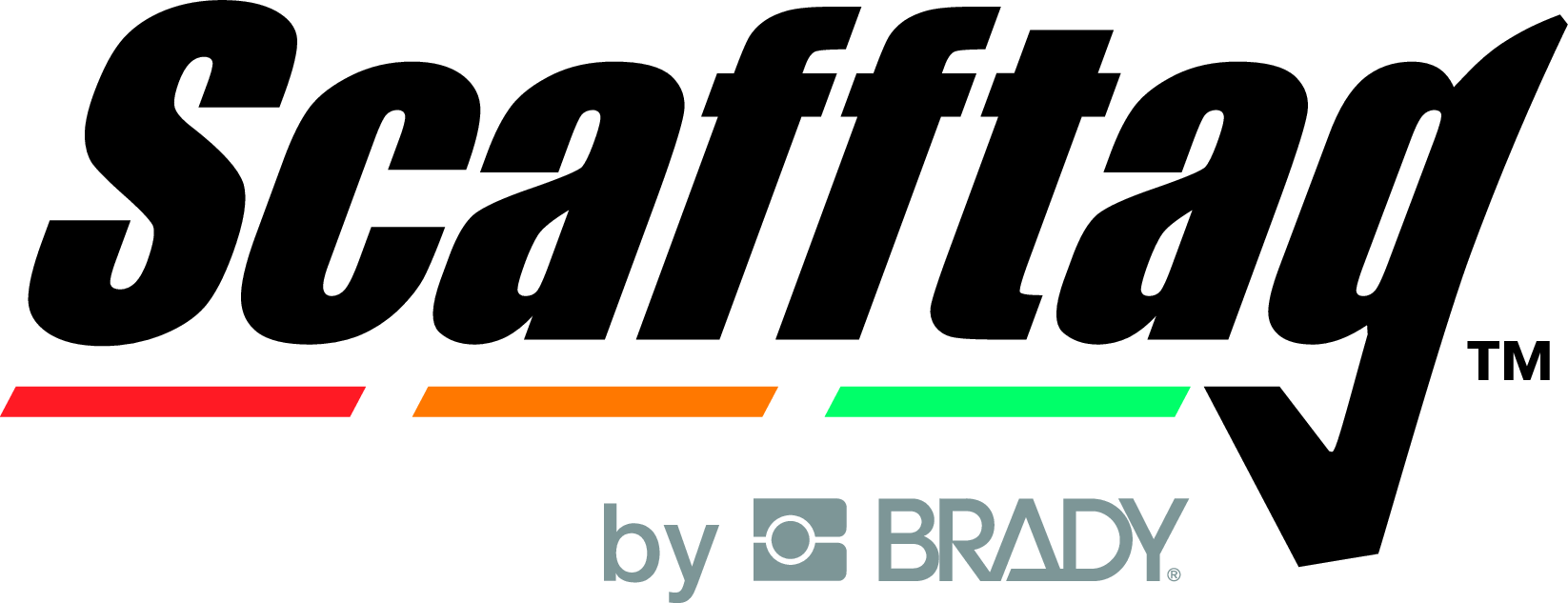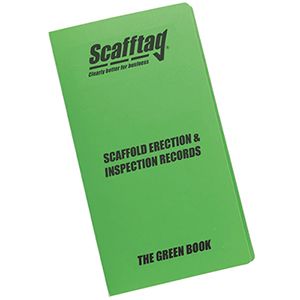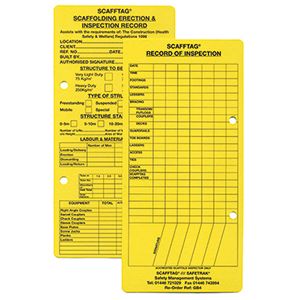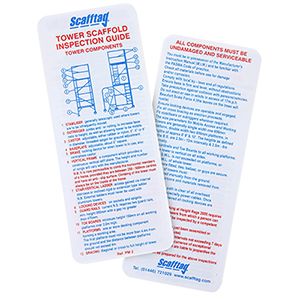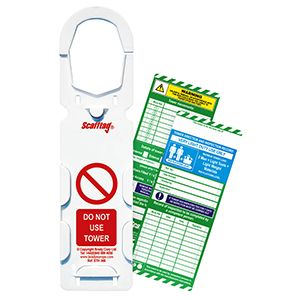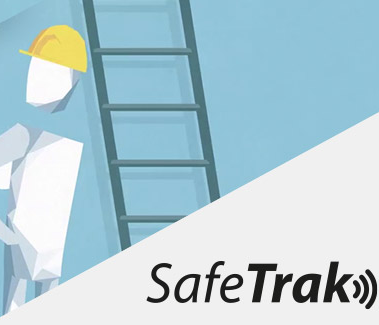Tower scaffolding inspections
Tower scaffolding inspection guide
How to execute tower scaffolding inspection?
For projects involving working at height, a risk assessment should be completed to determine the appropriate equipment and provide guidance on inspection. This risk assessment should also be provided to contractors before any work commences. Selection of the equipment should take into account a range of factors such as ground conditions, duration and frequency of use and additional risks posed by use, installation and removal of the work equipment.
Our recommended actions:
-
If it is static it must be inspected:
- Before it is put into use
- At seven day intervals until it is dismantled
- After bad or excessively wet weather or high winds or another event likely to have effected its strength or stability
- After any substantial additions or other alterations
If it is mobile it must be inspected:
- Before it is put into use
- After all alterations
- After bad or excessively wet weather or high winds or another event likely to have effected its strength or stability
- If the tower remains erected in the same place for more than seven days
A competent person must carry out tower scaffolding inspections. Written proof of the competence of persons used to inspect should always be obtained by the person responsible for the scaffolding and inspection work. A written report must be prepared by the competent person. The report should be written out at the time of the inspection but if this is not possible it must be provided to the responsible person within 24 hours. A copy of the report should be kept on site and a further copy be retained for a period of three months from the completion of the work with the person on whose behalf the inspection was carried out. If a scaffold fails inspection this must be reported by the person carrying out the inspection, to the person responsible for the scaffolding, as soon as possible.
